kaffekalender2015
Table Top, Ethiopia
Dec 2
2015 Specialty Coffee Advent Calendar
Table Top – Langøra Coffee Roasters
Origin: Chelelektu, Ethiopia
Producer: Heleanna Georgalis
Cultivar: Chelelektu Heirloom
Altitude: 1800-2000m
Process: Natural (Sundried)
Roast Date: 19 Nov
Roaster: Langøra Coffee Roasters
Taste Profile: Sweet and complex with a fruity aroma of clemetines and red berries.
Ethiopian coffee is still made up of many wild growing coffee plants – most of them have not yet been classified, so the genetic diversity is innumerable and is still very much being studied and explored. While varieties do change from region to region within Ethiopia, you will often see “landraces” or “heirloom” listed as the varieties, even though this does not denote a homogenous genetic pool covering all of Ethiopia.
Being wild, these varieties have evolved naturally and so are well adapted to their surroundings. All this means that chemical inputs (fertilizers), pesticides, herbicides and fungicides are rarely needed/in use in Ethiopia; the majority of coffee produced is organic in the truest sense of the word.
This coffee has been carefully selected, rigorously sorted (by both machine and hand) and curated by Heleanna Georgalis of Moplaco Trading Co. Heleanna and her team purchase coffees from the Ethiopia Commodities Exchange (ECX) and once the coffees arrive at their facility in Addis, they are meticulously sorted so that the full potential of each lot is clearly distinguishable. The current iteration of the ECX is structured in such a way that transparency (i.e. knowing the specific people involved with harvesting, and the place the coffee was grown and processed) is not available. Licensed exporters like Heleanna purchase coffees based on three criteria: broad geographic areas (e.g. Yirgacheffe, Sidamo), quality grade as determined by the ECX (e.g. Q1, Q2), and the lot’s date of submission to the auction. Bidders are not allowed to see or taste the coffee prior to bidding.
Moplaco’s natural coffees are produced at its commercial farm, which also works together with neighbouring smallholders. The region these coffees are grown is near Gedeb at about 1880 meters above sea level, with red soil. It is on the borders of Yirgacheffe and Guji, which are separated by about 10km of distance. The number of farmers that supply the cherries is around 200, but this number can change depending on the price. Farmers are paid twice: once when the cherries are initially delivered to the washing station and secondly through a percentage dedicated to community projects, such as schools. For example, a school in Yirgacheffe was built from this percentage in the past and is now being financed by current proceeds. Another school near the farm is also being supported in this way.
The natural coffee process starts just as washed coffees do: red, ripe cherries are collected and then sorted within four hours after they have been picked from the trees. These cherries are spread on raised African beds, where exposure to air helps dry the beans. The fact that the seeds do not touch the the ground and other foreign materials eliminates, as a first step, the risk of contamination, and subsequent defects that end up contributing to “earthy”, and “soily” tastes.
In the second phase of processing, full red beans are carefully selected and any broken, green, immature beans are eliminated from the beds. This drying and selection process goes continuously from 12 to 15 days.
As the cherry dries onto the seed, a fermentation process takes place, which allows sugars to dry onto the seeds, leading to the development of a more complex, fuller bodied coffee, wherein more aromatic compounds can develop through the roasting process.
Coffee stays in parchment for as long as possible. Ideally between 4-6 months, so that the many acetic acids that develop inside the parchment during the drying, once settled down, will not taste like vinegar. If coffee is hulled after 4-6 months, it will have more pronounced tastes, both in sweetness and flavour. 4-6 months is an ideal period to have the coffee’s acids and sugars settle, in order to develop a more sweet and aromatic profile.
 LANGØRA COFFEE ROASTERS
LANGØRA COFFEE ROASTERS
Langøra Coffee Roasters was established in 2014, and is one of the latest roasters on the Norwegian coffee scene. They are based in a 150 year old ‘Stabbur’ building on Hjelseng Farm, overlooking the Trondheim Fjord. The farm also houses a brewery and a restaurant serving traditional Norwegian cuisine.

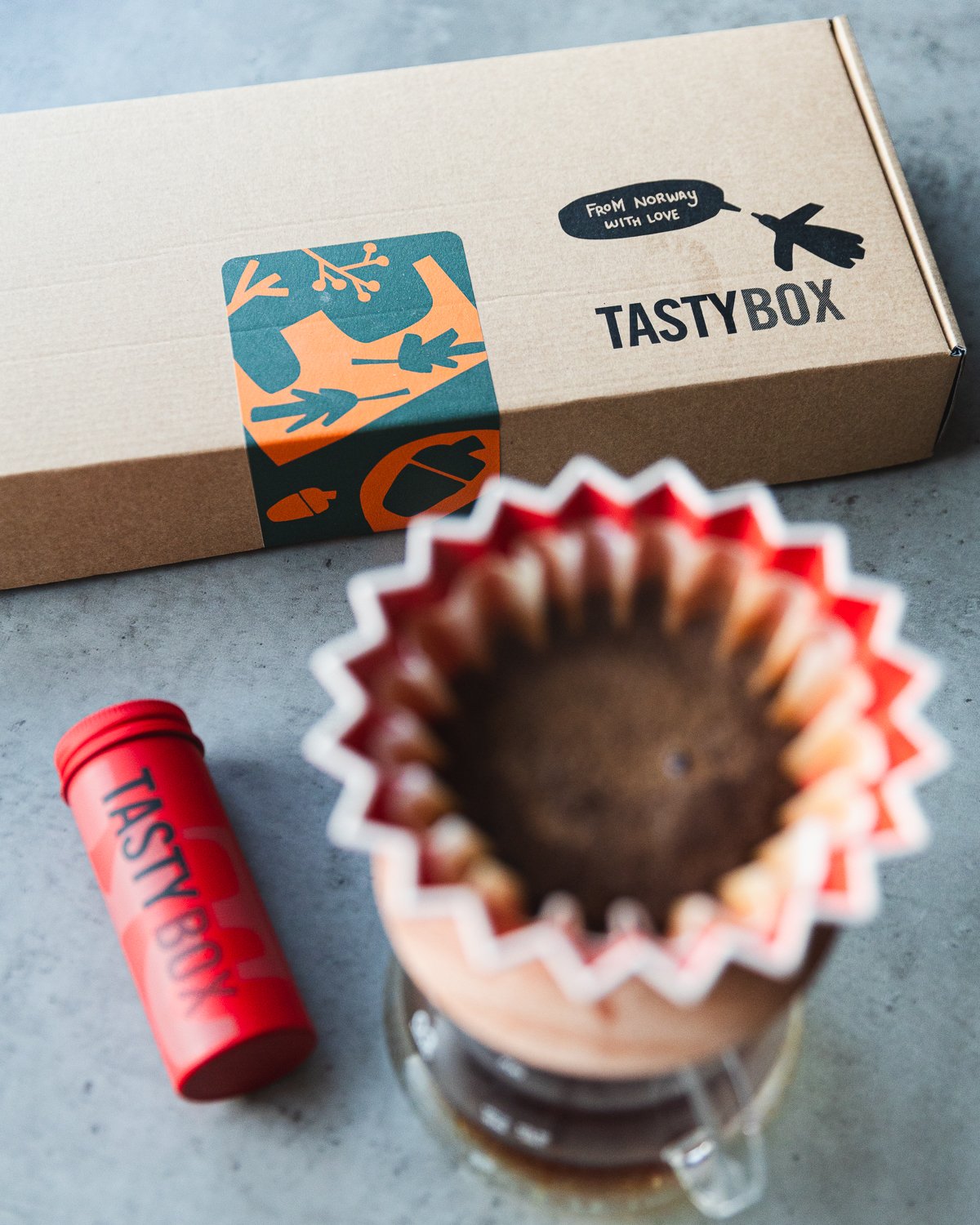
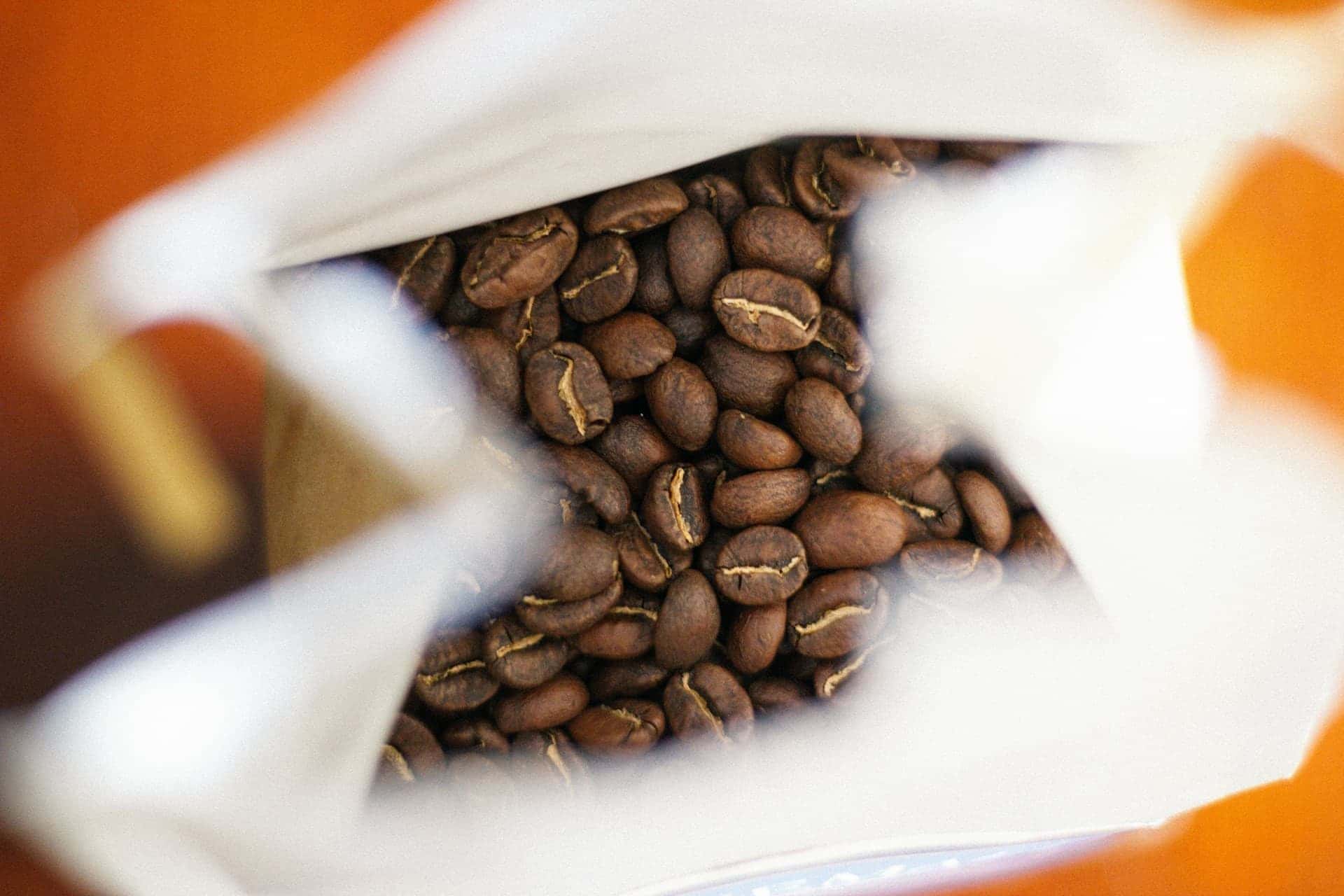



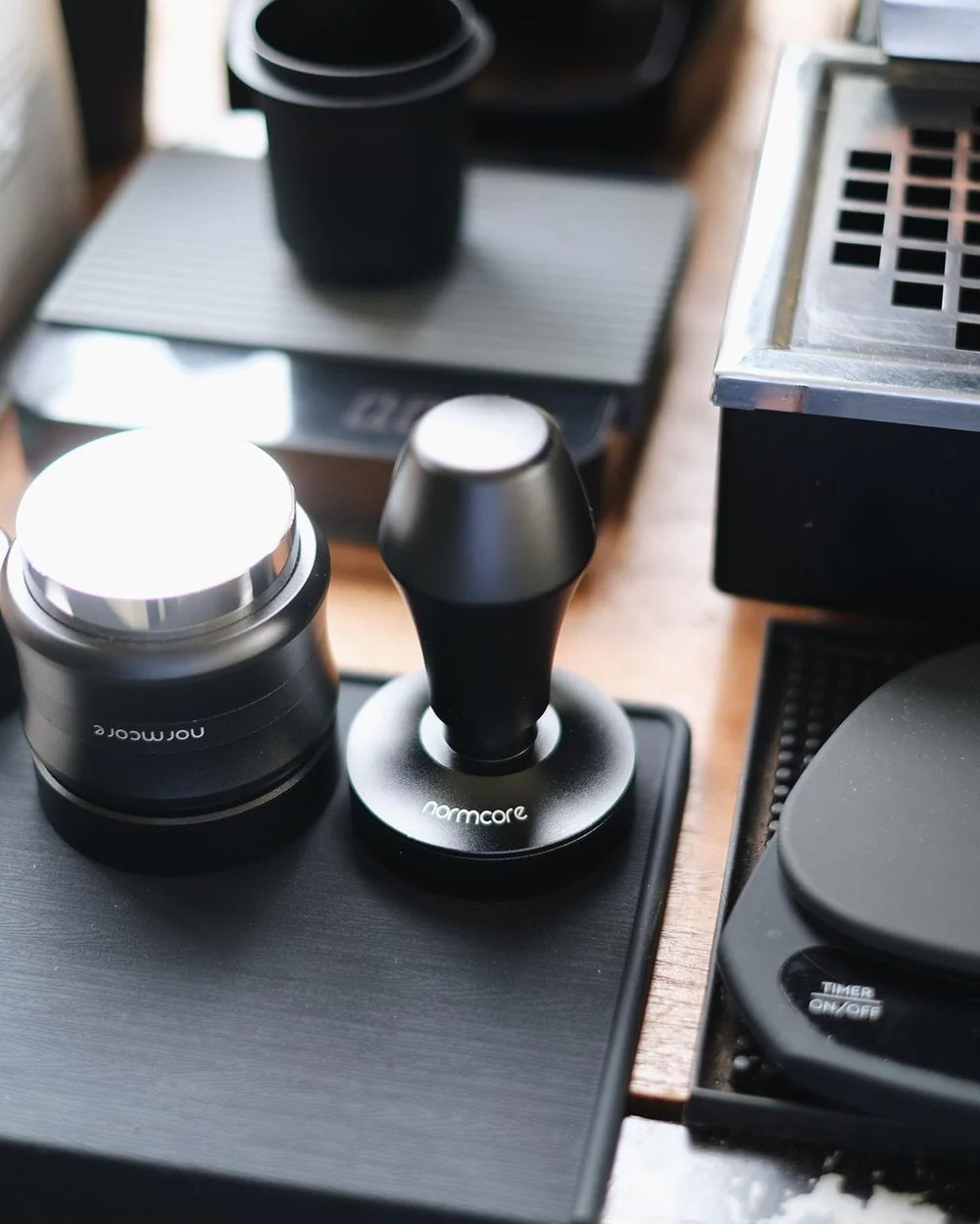
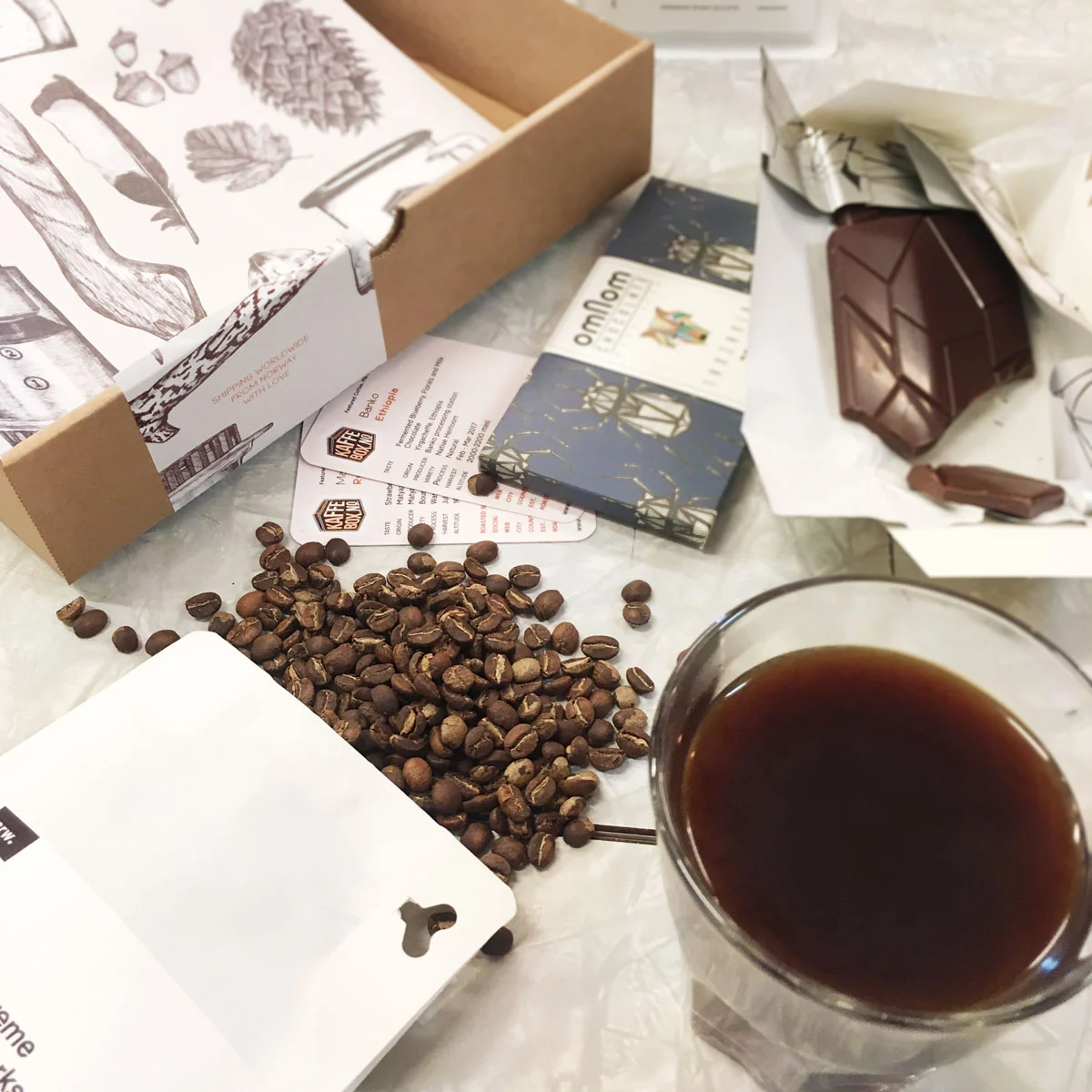
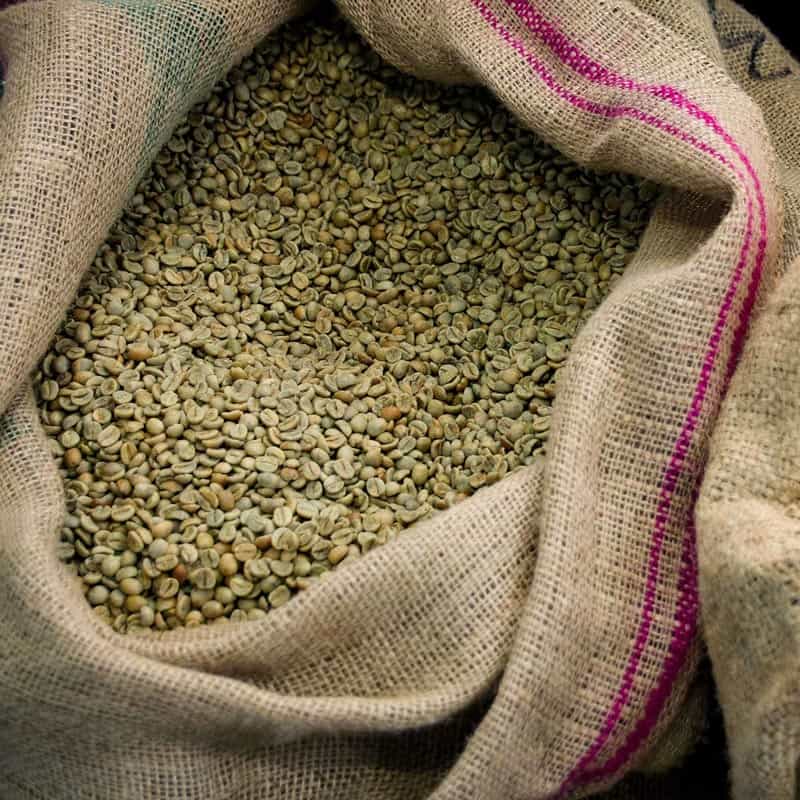

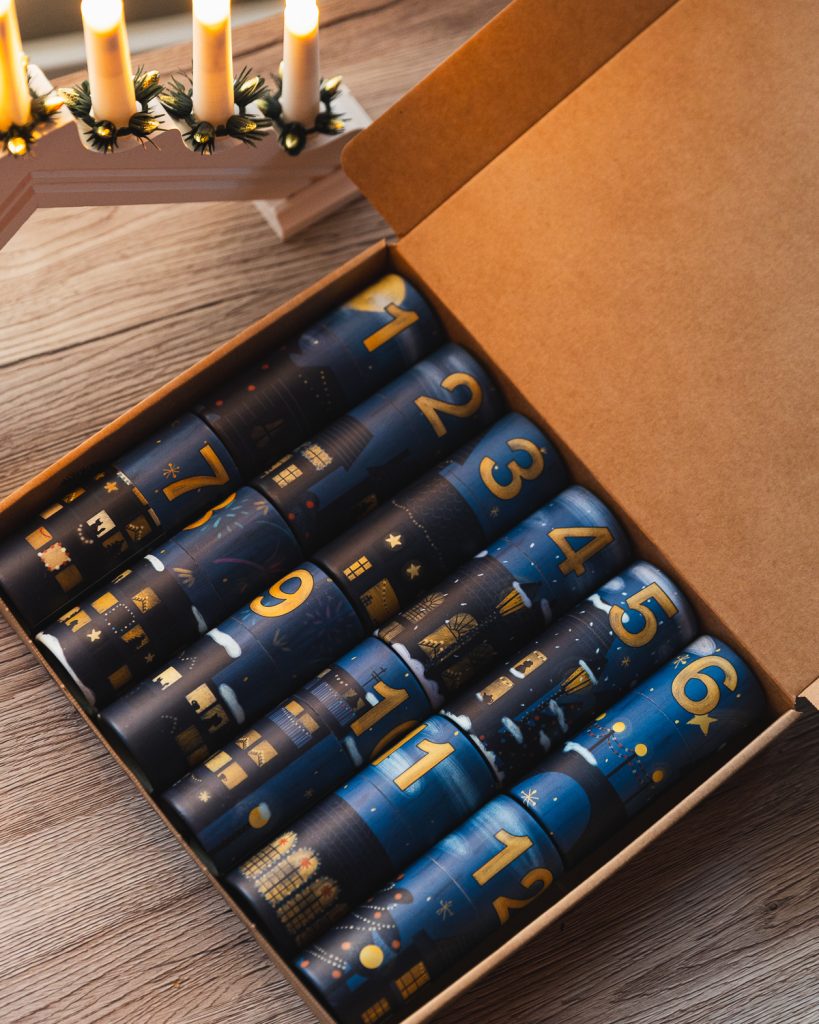
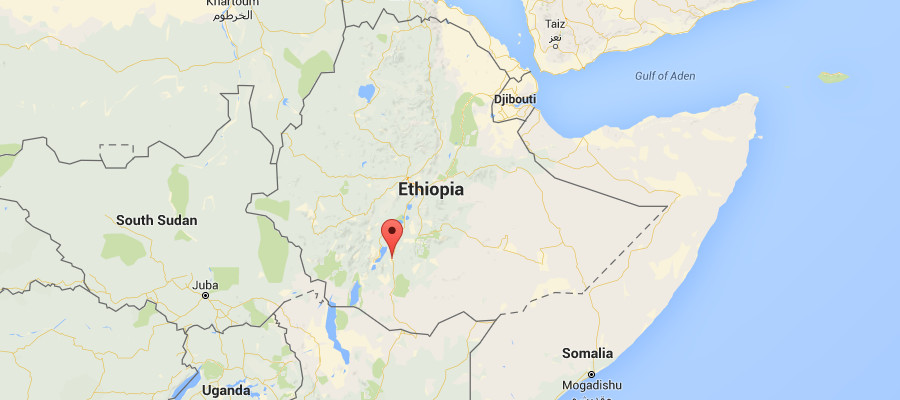
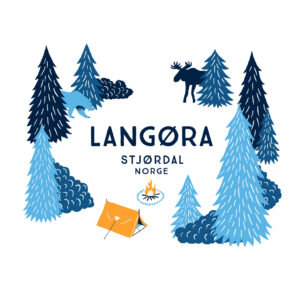 LANGØRA COFFEE ROASTERS
LANGØRA COFFEE ROASTERS
denne kaffien er noko av det beste eg har smakt !
Flott å høre 🙂